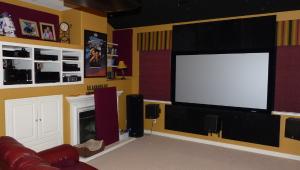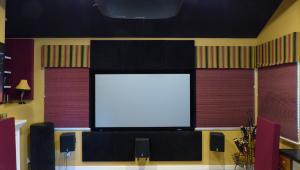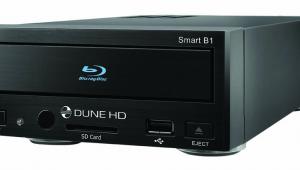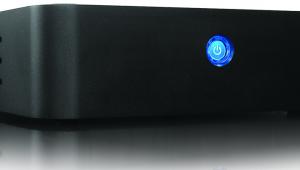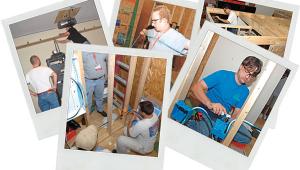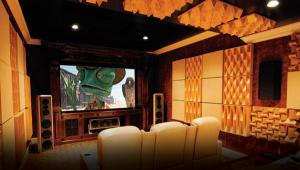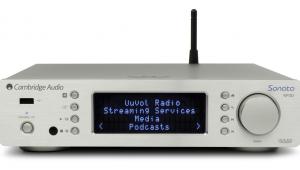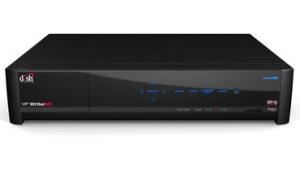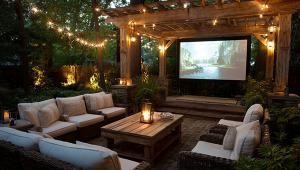Design the Ultimate Home Theater– On a Budget Page 6
If your home theater resides in an area that has open archways to other parts of the house, Russ suggests adding a door. Even double French doors enclosing an archway can make a huge improvement. Pre-hung, exterior-grade, solid-core doors include weather stripping around the edges and start at around $200 to $300 (not including installation). Placing a threshold across the bottom creates an airtight seal around the door. A solid-core door placed on a hollow core's frame may eventually rip itself off its hinges. We already had a solid-core door, so we just added exterior-grade weather stripping and a threshold. Although not ideal, it was more within our budget ($40) and does as good a job as we need. (We're already within a larger building and can somewhat control the outside noise.) Enclosing the room will not only improve noise isolation but can substantially improve bass output, as your subwoofer will no longer try to pressurize air throughout your entire house.
Tip #3: Finding First-Order-Reflection Points
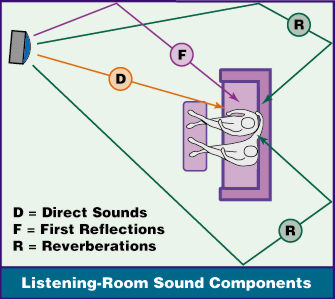
The fancy way to find first-order reflections is with a CAD (computer-aided design) program. In the program, draw a line from each speaker to each wall (including the ceiling) and then to the listening area, making sure the program keeps the angle of incidence to the wall equal to the angle of reflection from the wall. If you don't have this handy, multi-thousand-dollar computer program, grab a friend and a mirror. Have the friend slide the mirror along the walls around the home theater while you sit in the listening position. Mark the point on the walls where you see each speaker's reflection. These are the primary (first) reflection areas. If the distance between you, the mark on the wall, and the speaker is less than 40 feet, there's a good chance you'll want some form of acoustic treatment at that mark.

